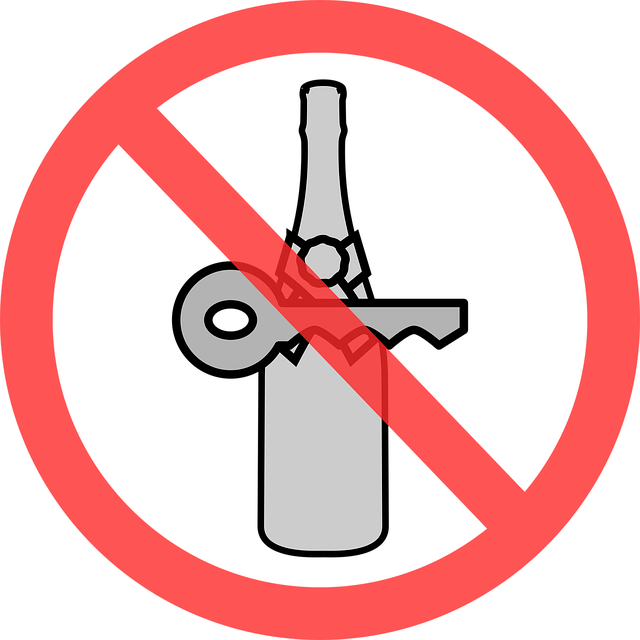High-risk reoffenders with DUI convictions demand specialized management. This involves intensive monitoring, access to quality treatment programs, and supportive community reintegration. By focusing on tailored interventions and rehabilitation, authorities can disrupt reoffending cycles, promote long-term recovery, and enhance public safety, addressing both immediate DUI concerns and preventing future infractions. Effective high-risk DUI management requires strategic, multi-faceted approaches including GPS tracking, strict conditions, mandatory alcohol treatment, psychological evaluations, support groups, and job training services.
In the intricate landscape of criminal justice, understanding how to effectively manage High-Risk Reoffenders with DUI (Driving Under the Influence) convictions is paramount. This article delves into crucial strategies for clearing records, focusing on the legal framework surrounding high-risk individuals and practical approaches to their DUI management. By exploring these key areas, we aim to provide insights that can revolutionize how we address recidivism, ensuring a safer society while offering second chances where appropriate.
- Understanding High-Risk Reoffender DUI Management
- Clearing Records: Legal Framework and Procedures
- Strategies for Effective DUI Management in Practice
Understanding High-Risk Reoffender DUI Management

Managing High-Risk Reoffenders with DUI (Driving Under the Influence) convictions requires a specialized approach to public safety and rehabilitation. These individuals pose a unique challenge due to their potential for repeated offenders, often driven by underlying addiction or other factors. Effective High-Risk Reoffender DUI Management involves comprehensive strategies that extend beyond traditional penalties.
It includes intensive monitoring, access to quality treatment programs, and supportive community reintegration. By recognizing the complexity of these cases, authorities can implement tailored interventions to disrupt the cycle of reoffending, promoting long-term recovery and public safety. Such management practices not only address the immediate DUI concern but also aim to prevent future infractions by providing the necessary tools and support for successful rehabilitation.
Clearing Records: Legal Framework and Procedures

Clearing records, particularly for individuals with past criminal convictions, such as high-risk reoffenders and those with DUI (driving under the influence) charges, involves a complex legal framework. In many jurisdictions, laws have been enacted to provide opportunities for rehabilitation and second chances while ensuring public safety. The process typically requires a thorough review of the individual’s case history, behavior since the offense, and any programs or interventions they’ve undergone.
The procedures vary across regions but generally involve filing a petition or request with the relevant court or governmental agency. This may include providing evidence of rehabilitation, such as proof of employment, education, community service, or participation in counseling programs. For high-risk reoffenders, DUI management might play a significant role in the clearance process, demonstrating successful recovery and responsible behavior over an extended period.
Strategies for Effective DUI Management in Practice

Managing DUI (Driving Under the Influence) cases effectively is crucial, especially when dealing with high-risk reoffenders. A comprehensive strategy involves a multi-faceted approach to ensure public safety and reduce recidivism. One key tactic is implementing rigorous monitoring systems, such as GPS tracking devices, to enforce strict bail conditions and alert authorities of any deviations. Additionally, mandatory alcohol treatment programs can help address the underlying issues contributing to DUI offenses.
For high-risk individuals, regular psychological evaluations and support groups can provide valuable tools for managing substance abuse and improving decision-making skills. Employers play a significant role in this process by offering job training and placement services tailored to ex-offenders, thereby reducing the likelihood of reoffending while providing them with legitimate career paths.
Clearing records, particularly for high-risk reoffenders with DUI (driving under the influence) convictions, is a complex yet essential aspect of rehabilitation and second chances. By understanding the legal framework, implementing effective strategies, and navigating the procedures involved, we can better manage DUI cases and support individuals on their path to recovery and reintegrating into society. Focusing on high-risk reoffenders requires tailored approaches, ensuring public safety while offering opportunities for positive change.






